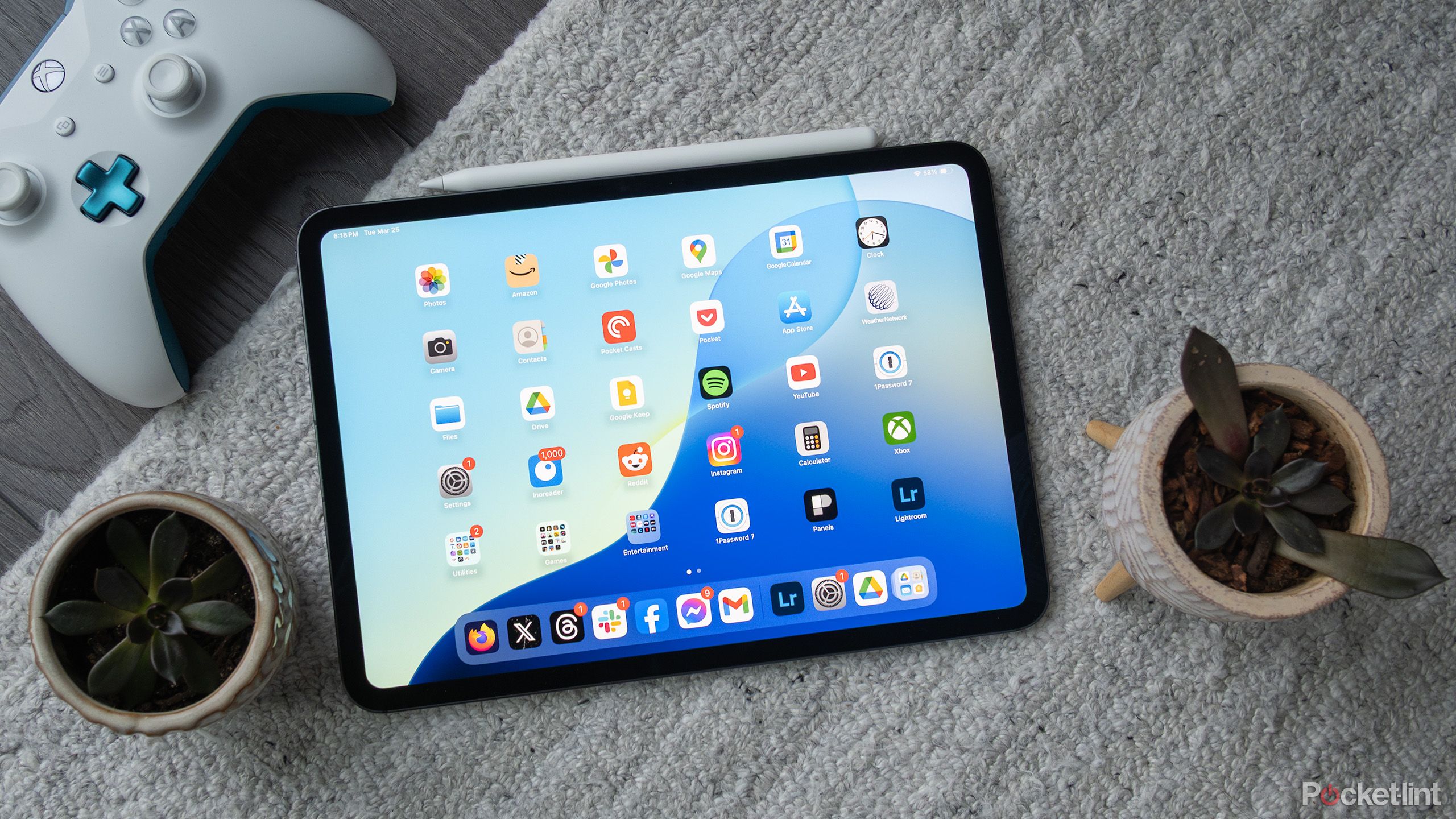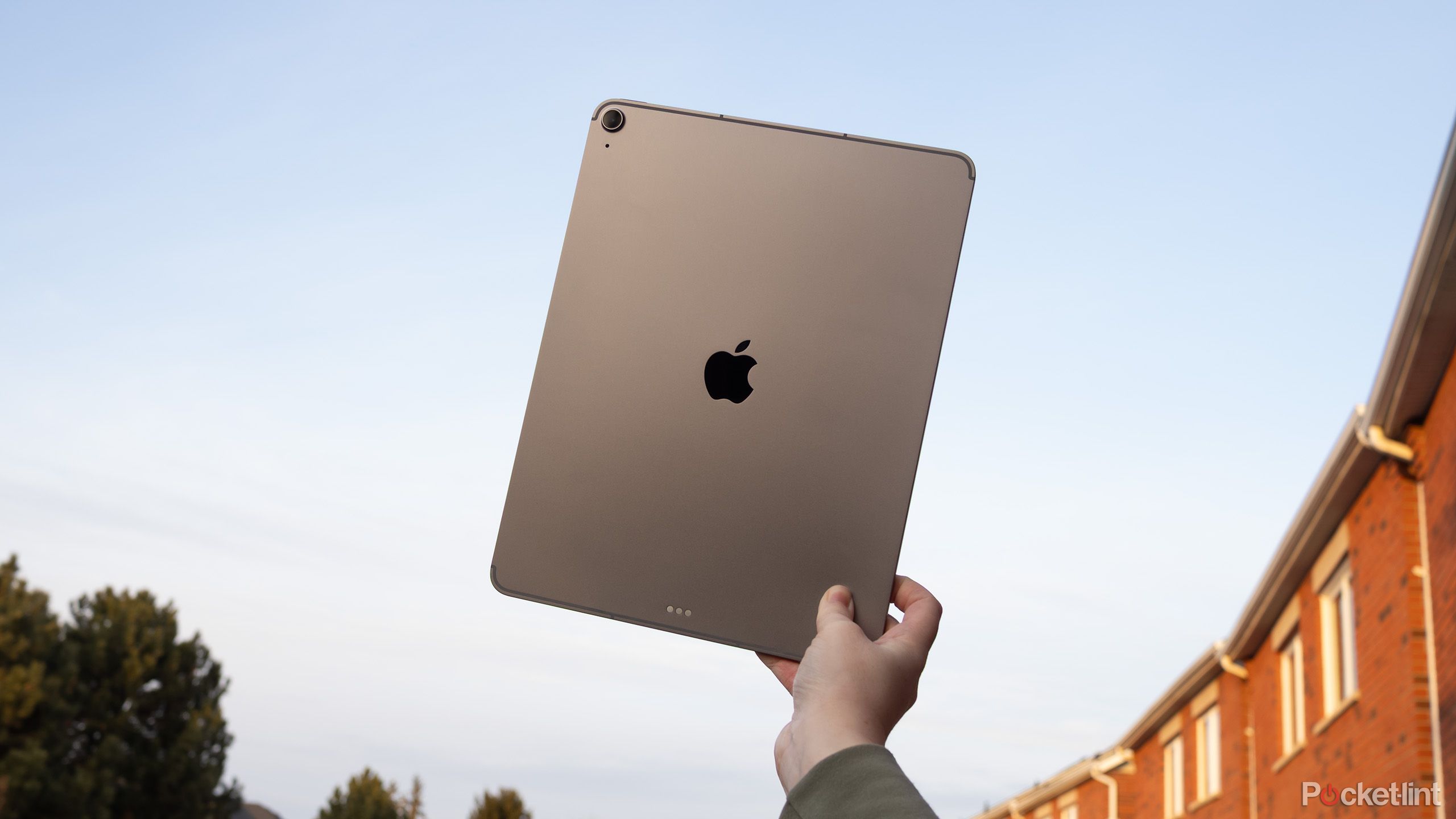Summary
- Apple has allegedly postponed development of a foldable iPad for reasons like production costs and manufacturing obstacles.
- It would’ve faced an uphill battle in the current market, given pricing issues, the current state of foldable technology, and luring buyers who’d otherwise be tempted by a foldable iPhone.
- There’s a strong chance Apple will revive the project in the future, since the combination of competitive pressures and technological advancements may force its hand.
People sometimes criticize tech journalists for treating rumored devices as if they’re officially announced, which isn’t entirely invalid. If you’ve been reporting on the industry for a while, though, you start to get a better sense of which rumors carry water, and recognize that just because something never ships doesn’t mean it wasn’t real at some point. Consider the Apple Car — while Apple never said much in public about its automotive ambitions, there was just too much surrounding activity to doubt that the company had invested billions of dollars in research and development. CarPlay Ultra may be the closest we’ll get to what Apple had in mind.
On a smaller scale, it looks like Apple’s indefinitely postponed another long-rumored project: the foldable iPad. That’s according to Digitimes, which has a mixed track record, but in this case I don’t particularly doubt it. In the short term, Apple would’ve had to overcome some major hurdles to make it a success, even if there wasn’t a folding iPhone about to steal the limelight. I don’t think the project will be dead forever, for reasons I’ll explain later on.
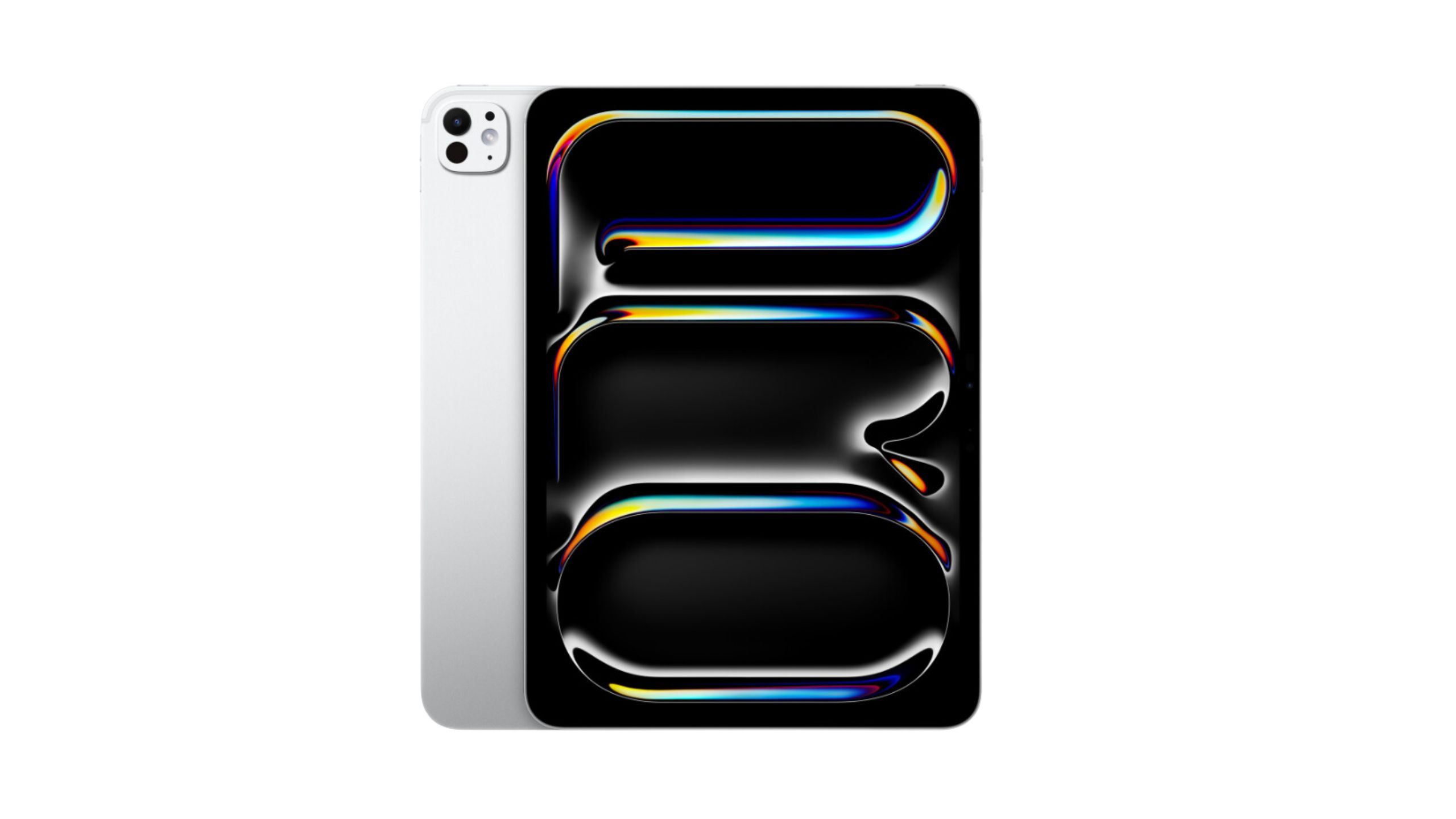
- Brand
-
Apple
- Storage
-
256GB, 512GB, 1TB, 2TB
- CPU
-
M4
- Operating System
-
Apple iPadOS
The 13-inch iPad Pro packs its powerful M4 chip into a very thin, light, and portable design. It also offers a brighter, more vibrant OLED screen display.
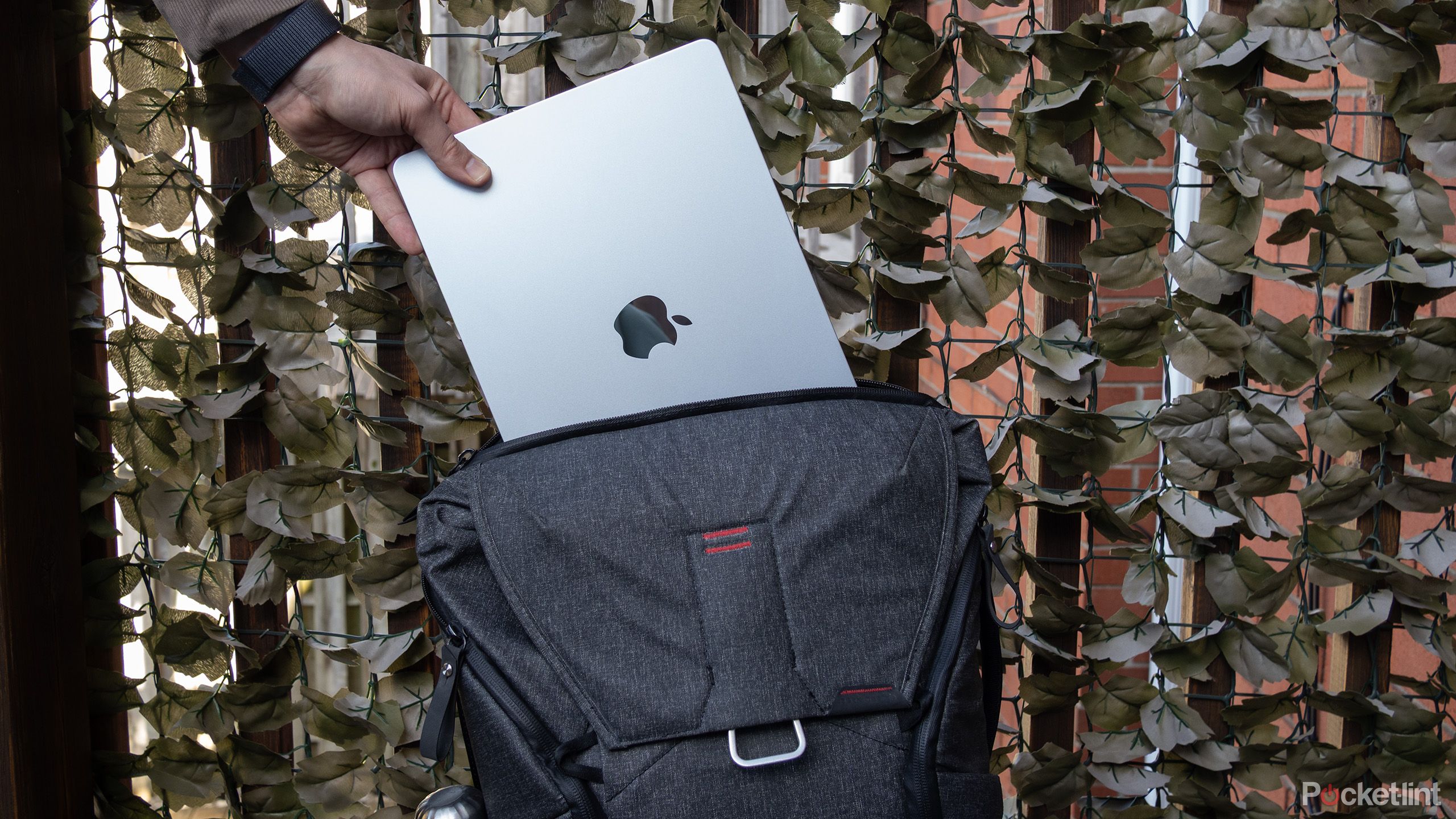
Related
I think I know why Apple is developing a MacBook with an iPhone chip
I’m not crazy on the idea, but there’s some logic to it.
The case for and against a foldable iPad
A solution in search of a problem?
A folding iPad makes sense to a degree. iPads are built to be laptop alternatives, but display-wise, the largest models have so far been capped at 13 inches. Presumably that’s because with a fixed screen, anything bigger would be unwieldy. It can be awkward enough to pull out a full-sized iPad Pro mid-flight — never mind adding another two or three diagonal inches. In theory, a foldable could sport a 16-inch screen like a MacBook Pro, but then collapse to just 8 inches in your bag. That would open up new possibilities for app interfaces and multitasking.
If you didn’t need the full screen size, you’d probably also be able to fold an iPad partway and use the top and bottom halves for different functions, for instance, keeping a static software keyboard available while you type in Word, Pages, or Google Docs. This is something other foldable devices have offered for a while.
It’s once you get into the details that the concept starts to break down. For one, creasing and pockmarks continue to be problems on foldable phones, never mind devices twice the size. Apple would, naturally, work to minimize these issues as much as possible — but if Samsung is still struggling with them several generations into its own foldables, Apple is unlikely to get things perfect on the first try. It may be too early to build a foldable iPad that lives up to everyone’s expectations.
A foldable display would easily push prices past $2,000, forcing shoppers to seriously evaluate whether they’d be better off with a MacBook Pro or another high-end laptop.
Fragility concerns extend beyond the surface. No current iPad has an official IP rating against dust and water, and a foldable iPad might actually be more vulnerable, owing to the presence of a hinge. Samsung’s imminent Galaxy Z Fold 7 is expected to remain exposed to dust grains smaller than 1mm, despite some impressive advances in hinge design. Apple would have to fundamentally overhaul its approach just to match that, likely at high expense. Indeed, the Digitimes rumor claims that production costs and obstacles were two of the reasons behind pausing the foldable iPad project.
It’s not even clear there would be much demand. At $1,300, a 13-inch iPad Pro is already expensive by tablet standards, and rare to see out in the wild next to cheaper iPads. A foldable display would easily push prices past $2,000, forcing shoppers to seriously evaluate whether they’d be better off with a MacBook Pro or another high-end laptop. All the more so because Apple refuses to bring the prices of Magic Keyboard cases into the realm of reason — you don’t have to pay $350 just to type on a MacBook.
As if that weren’t enough, it’s hard to see those partially-folded iPad functions adding much value for the average person. Typing on any software keyboard tends to be a poor experience, due to smudges and a lack of haptic feedback, and I’d feel deprived if I lost half my screen space for any activity. I could see some people wanting to use partial folds for watching video without a case or stand, but that’s hardly a system-seller.
Lastly, there’s the matter of folding iPhones, rumored to be hitting in fall 2026. When it comes to consumer demand, I’ll bet a foldable iPhone would instantly win the day over a folding iPad simply by being a multipurpose device, smaller screen notwithstanding. Any iPad is really just geared towards productivity and media consumption — being more portable, an iPhone is preferable for texting, navigation, and, of course, phone calls.
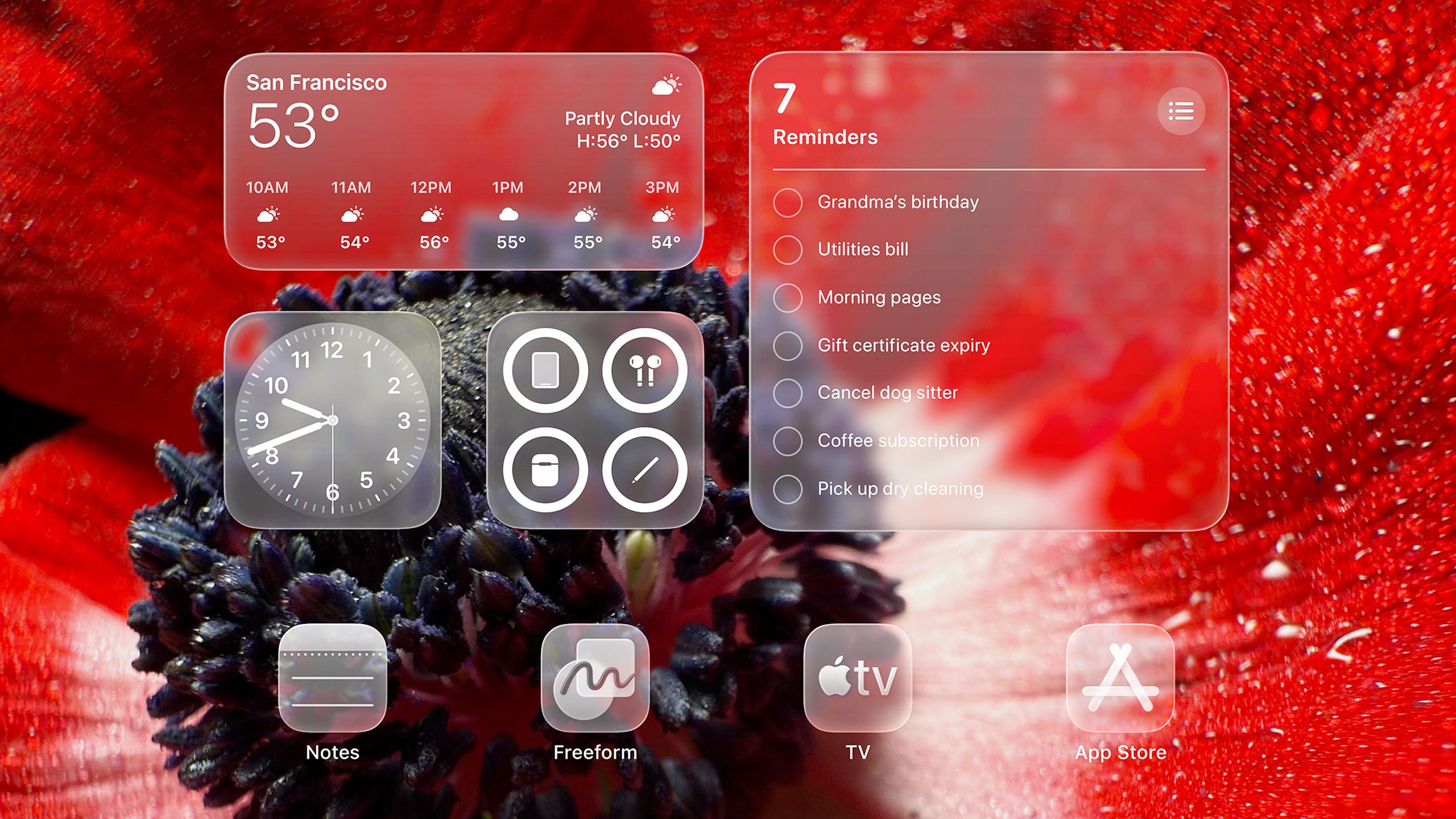
Related
4 ways iPadOS 26 is finally making the iPad more like the Mac
The leap isn’t complete, but iPads are a lot closer to becoming true laptop replacements.
Could Apple resurrect a foldable iPad in the future?
Signs point to yes
I’m assuming Apple will restart the project eventually. One way or another, through one company or another, more of the technical issues with foldables should be solved in the next few years. That in turn should bring manufacturing costs down, leading to more affordable end products. Not as affordable as fixed-screen tablets, mind you, but enough that you won’t automatically be thinking about which bills you’re willing to skip.
Some competitors already have folding tablets, and if Apple doesn’t have one by 2030, it might make the company look technologically backwards.
The debate about whether a foldable iPhone is a better value could remain, but it might also become moot. Some competitors already have folding tablets, and if Apple doesn’t have one by 2030, it might make the company look technologically backwards. It’s already dealing with that perception when it comes to Apple Intelligence — so it’s probably going to do everything it can to avoid being seen as having its glory days long past.
Who knows — by 2030, Apple’s Vision glasses and headsets might make all iPads feel a little antiquated. A 16-inch tablet hardly compares with having a virtual 80-inch display hovering in front of you. You’ll probably still want a separate mouse and keyboard, but let’s cross that bridge when we get to it.

You might also like
Everything you need to know about PEVs, or personal electric vehicles
You can use PEVs like e-bikes and scooters to explore, run errands, or speed up your commute.





